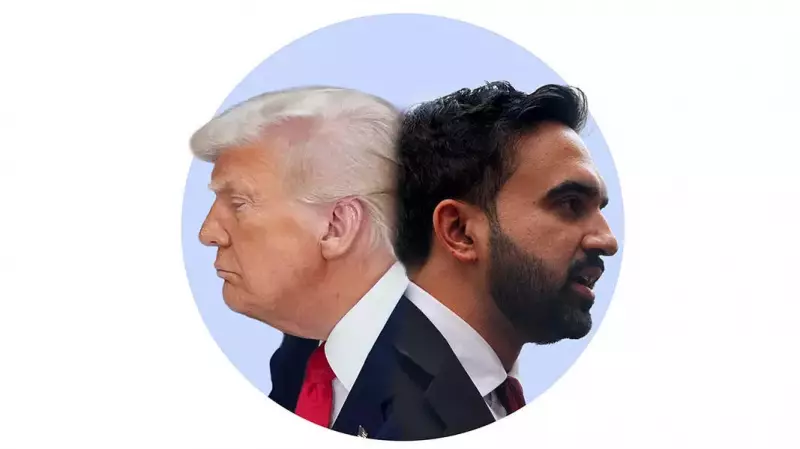
The era of American global supremacy might be reaching its dramatic conclusion, according to leading geopolitical analysts. Multiple indicators suggest that what experts are calling America's "Donzo Moment" - the point of irreversible decline - could be closer than anyone anticipated.
The Economic Warning Signs
Several critical factors are converging to challenge America's position as the world's dominant superpower:
- Rising debt crisis threatening economic stability
- Political polarization hampering effective governance
- Emerging competitors like China reshaping global dynamics
- Technological parity reducing America's innovation advantage
Global Power Shift Accelerates
The traditional unipolar world order is rapidly transforming into a multipolar landscape. Nations that once unquestionably followed American leadership are now pursuing independent foreign policies and forming new alliances that bypass Washington's influence.
Economic indicators paint a particularly concerning picture. While the US economy remains massive, its relative share of global GDP continues to shrink as emerging markets, particularly in Asia, experience explosive growth.
Domestic Challenges Compound the Problem
Internal divisions within American society are creating additional headwinds. Political gridlock, social unrest, and infrastructure challenges are diverting attention and resources away from maintaining global leadership.
Meanwhile, other nations are aggressively investing in future technologies, education, and infrastructure - areas where America once held undisputed advantages.
What Comes Next?
While America will likely remain a major global power for decades, its ability to single-handedly shape world events is diminishing. The emerging multipolar world presents both challenges and opportunities for international cooperation and conflict resolution.
The critical question isn't whether America will decline, but how gracefully it will adapt to its new role in this rapidly changing global landscape.





